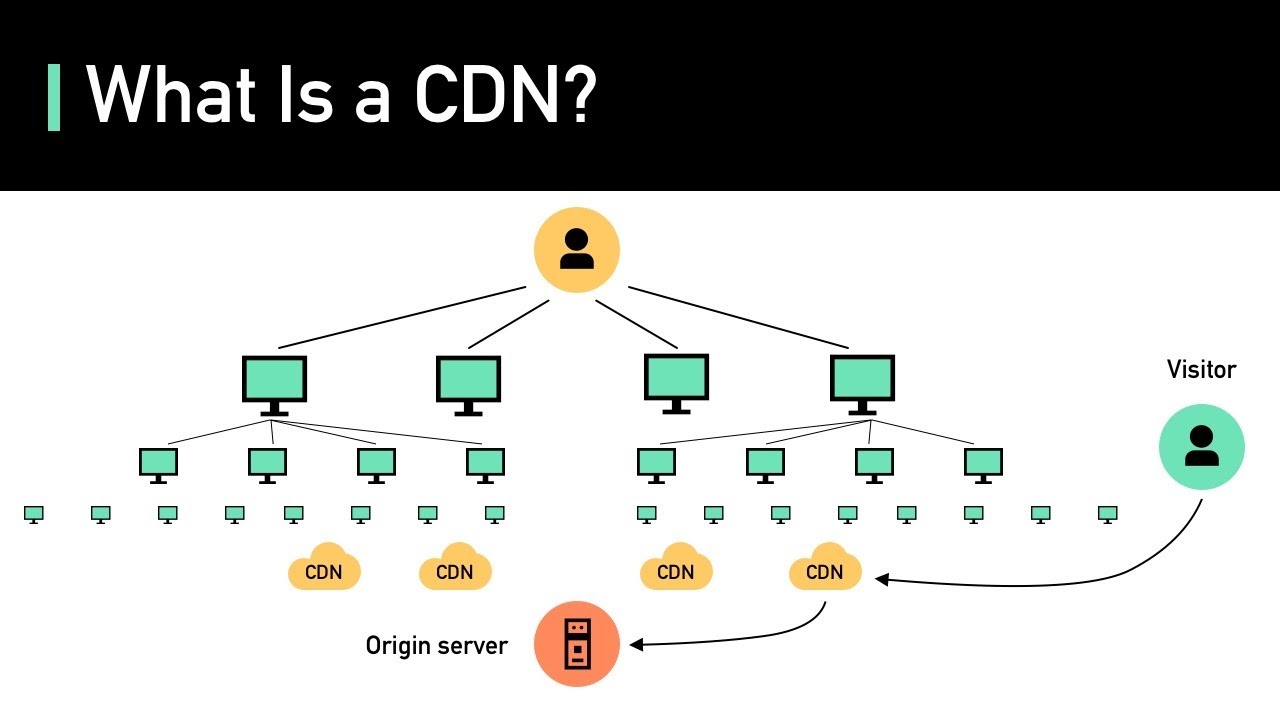Images play a crucial role in enhancing the visual appeal and user experienceof a website. They not only make your contentmore engaging but also have the potential to drive organic traffic to your site through image search results. To make the most out of your images and improve your website's visibility, it's important to optimize them properly.
In this article, we will explore six valuable Google image optimizationtips. By following these tips, you can boost your website's SEOperformance and increase its chances of ranking higher in search engineresults.
The Importance Of Google Image Optimization
Google Image Optimization plays a crucial role in improving the visibility and performance of your website's images in Google's search results. By implementing effective optimization techniques, you can enhance the chances of your images ranking higher, driving more organic traffic to your website.
When users perform image searches on Google, they often use specific keywords or phrases to find relevant visuals. By optimizing your images according to Google's recommendations, you increase the likelihood of your images appearing in these search results, expanding your website's reach and attracting a wider audience.
Optimizing your images for Google is a critical component of your overall SEO strategy. By optimizing your images based on Google's guidelines, you can increase visibility in image search results, improve user experience, and drive organic traffic to your website.

Image Optimization: Google Images SEO Tips
To help you do that, here are six valuable image optimization tips recommended by Google.
Use Descriptive Filenames And Alt Text
The first step in optimizing your images for Google is to use descriptive filenames and alt text. When you upload an image to your website, it's essential to give it a meaningful name that accurately represents the image's content. Instead of using generic names like "image1.jpg" or "photo.png," choose filenames that are descriptive and include relevant keywords. For example, if you have an image of a red bicycle, a suitable filename could be "red-bicycle.jpg."
Additionally, it's crucial to provide alt text for each image. Alt text, or alternative text, is displayed when an image cannot be loaded or read by a screen reader. It also helps search engines understand the content of the image. Use concise and descriptive alt text that accurately describes the image and includes relevant keywords. However, avoid keyword stuffing and keep the alt text natural and user-friendly.
Optimize Image Size And Format
Large image files can significantly impact your website's loading speed, which in turn affects user experience and SEO. Google recommends optimizing your images by compressing them without compromising their quality. There are various tools available, both online and offline, that can help you reduce the file size of your images without losing visual clarity. Aim to strike a balance between image quality and file size to ensure fast-loading pages.
In addition to file size, the image format you choose also plays a role in optimization. Common image formats include JPEG, PNG, and GIF. JPEG is suitable for complex images with many colors, while PNG is ideal for images with transparency or a limited color palette. GIFs are best used for simple animations. Consider the type of image and its purpose on your website to determine the most appropriate format.
Implement Responsive Image Design
With the rise of mobile devices, it's crucial to ensure your website and its images are optimized for different screen sizes. Google recommends using responsive design techniques to ensure that your images adapt seamlessly to various devices and screen resolutions. Responsive images automatically adjust their size and resolution based on the user's device, resulting in improved user experience and faster loading times.
To implement responsive image design, you can use HTML attributes such as "srcset" and "sizes" to provide different image sources and sizes based on the device's capabilities. This allows the browser to select the most appropriate image to display, optimizing the visual experience for the user. By providing responsive images, you can enhance your website's mobile-friendliness, which is an important ranking factor for Google.
Utilize Structured Data For Images
Structured data, also known as schema markup, provides additional information to search engines about the content of your website. By implementing structured data for images, you can provide context and details that help search engines understand the image better. This can lead to improved visibility in image search results and increase the likelihood of your images being displayed in relevant image carousels or rich snippets.
Google supports structured data specifically for images, such as the "ImageObject" schema. By implementing this schema, you can provide information about the image, such as the caption, description, author, and license. This additional data can enhance the relevance and visibility of your images in search results, driving more organic traffic to your website.
Ensure Fast Loading Speed
Fast loading speed is crucial for user experience and search engine optimization. Large image files can significantly impact your website's loading time, leading to higher bounce rates and lower search engine rankings. To address this issue, there are several optimization techniques you can implement.
One effective method is lazy loading, which defers the loading of off-screen images until the user scrolls to them. This technique improves initial page load times by only loading images that are visible to the user. There are many plugins and libraries available that can assist you in implementing lazy loading on your website.
Another aspect to consider is browser caching. By setting appropriate expiration dates for your images, you can instruct the browser to cache them. This way, returning visitors can load the images from their local cache instead of downloading them again, resulting in faster subsequent visits.
Additionally, optimizing the delivery of your images through content delivery networks (CDNs) can improve loading speed. CDNs store copies of your website's content in multiple locations worldwide, ensuring that images are served from the nearest server to the user's location. This reduces latency and improves overall loading times.

What Is A CDN? How Does It Work?
Build High-Quality Backlinks For Image Optimization
While backlinksare commonly associated with textual content, they can also play a role in image optimization. When reputable websites link to your images, it signals to search engines that your images are valuable and relevant. Here are some strategies to build high-quality backlinks specifically for your images:
Create Unique Visual Content
Producing original and visually appealing content such as infographics, charts, or data visualizations can attract attention and encourage other websites to link back to your images as a source. For example, if your website is about fitness, you can create an infographic showcasing different workout routines or nutrition tips. Reach out to relevant websites and offer them your visual content, requesting proper attribution and a link back to your website.
Guest Posting
Seek opportunities to contribute guest posts to authoritative websites in your niche. Include relevant images in your guest posts and ensure that the websites attribute the images to your website with a backlink. This can not only drive traffic to your site but also improve the visibility of your images in search results.
Image Directories And Galleries
Submitting your images to specialized image directories and galleries can increase their exposure and provide opportunities for backlinks. Look for reputable directories or platforms that cater to your industry or the type of images you have. When submitting your images, ensure that you provide proper attribution and include a link back to your website.
Remember to monitor your backlink profile regularly to ensure that the links pointing to your images come from authoritative and relevant sources. Quality backlinks from reputable websites can significantly impact your image optimization efforts.
People Also Ask
How Do I Optimize Image Quality?
To conduct image quality:
- Provide descriptive and straightforward names for your images.
- Carefully optimize the alt attributes of your images.
- Make wise choices regarding image dimensions and product angles.
- Reduce the file size of your images.
- Select the appropriate file type for your images.
- Optimize your thumbnails for better performance.
- Implement image sitemaps to enhance visibility.
- Exercise caution when dealing with decorative images.
How Do I Optimize An Image For Web Without Losing Quality?
- Begin with high-quality photos or images.
- Present your products from various angles to provide a comprehensive view.
- Utilize a white background to highlight your products effectively.
- Save your images with appropriate dimensions to ensure optimal display.
- Enhance page load speeds by selecting the suitable image format.
- Experiment with quality settings to strike a balance between image quality and file size.
What Is An Example Of Image Optimization?
Image optimization entails ensuring that both Google and website users can effortlessly comprehend and view the images on a webpage. A few examples of image optimization include compressing images to enhance loading speed and incorporating alt text to assist Google in gaining a clearer understanding of the image's content and context.
Why Do We Optimize Image?
The optimization of images serves multiple objectives, including enhancing the user experience and meeting user expectations. By optimizing images for SEO, you can increase the likelihood of your images appearing in Google's image searches, thereby benefiting the overall search engine optimization of your website.
How Important Is Image Optimization?
Image optimization holds great importance due to several reasons. Firstly, it contributes to enhancing the page load speed, ensuring that web pages load quickly and efficiently. Additionally, it plays a crucial role in boosting the SEO ranking of websites, ultimately improving their visibility and search engine performance. Lastly, image optimization significantly improves the overall user experience, ensuring that visitors have a smooth and seamless browsing experience.
How Do I Check Image Optimization On My Website?
To evaluate the image optimization on your website, examine the images employed, beginning with those with the largest file sizes. This assessment will help identify potential optimization opportunities. Various tools, such as Photoshop or freely available online compression tools, can be utilized to optimize these images efficiently.
What Is Optimal Image Quality?
In most scenarios, a resolution of 300 PPI (pixels per inch) is considered the best for printing. This translates to 300 DPI (dots per inch) on a printing press, resulting in a sharp and crisp appearance. Images with such resolutions are commonly referred to as high resolution or high-res images.
Conclusion
Following Google image optimization recommendations, is essential to improve your website's visibility and attract organic traffic. By utilizing descriptive filenames and alt text, optimizing image size and format, implementing responsive design, utilizing structured data, ensuring fast loading speed, and building high-quality backlinks, you can enhance your images' chances of ranking higher in search results.
Remember that image optimization is an ongoing process. Regularly review and optimize your images to ensure they align with your website's content and provide an excellent user experience. By investing time and effort into image optimization, you can maximize the potential of your visual content and drive more organic traffic to your website.
